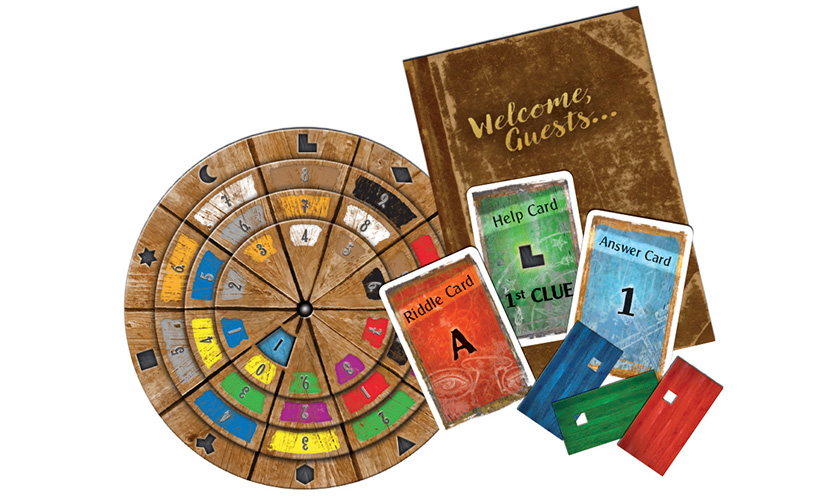I’ve played the solitaire video game Dorf Romantik, and found it kind of mindless – yes, there is some scoring to consider, but you always have a ton of options, it’s pretty easy to hit the basic objectives, and the game goes on way too long. I don’t really get the appeal, but I’m also not a video gamer of any stripe.
The board game adaptation of Dorf Romantik won the Spiel des Jahres in 2023, and man does that baffle me. The game isn’t bad; it’s just boring, even with the various additional rules you unlock as you play the campaign and get a handful of new tiles and tokens. I’m baffled by its victory, or the claims that either the board or video game is some sort of gentle or relaxing activity. It is aggravating in its dullness, in that while playing I thought of all of the other things I could do.
The board game is sort of a cooperative game, but the rules are the same as in the solo mode and I have no idea how or why you would play this with others. You draw a new hexagonal tile on each turn and place it on the board, making sure it is adjacent to at least one tile already on the map along a side (not a vertex). Tile edges only have to match if there’s a river or a railroad on the edges; otherwise, you can place tiles anywhere you’d like. Some tiles have a flag icon indicating that you must draw and place a scoring tile on them, which will display a number and show the color of one of the terrain types (including the river and railroad). To win the flag and its victory points, you must then create a continuous region of that terrain type, including the tile with the flag on it. Some require an exact number of tiles, while others have a minimum number that you can exceed. (Once a flag is removed, you can of course go beyond the number.) You can’t place a tile with a flag on it in such a way that its flag requirement will already be satisfied, of course. You must have at least three active points tokens on the board at all times; if you finish one, you draw a new tile from a separate stack that will give you a new flag.
At game end, you add up the values of the flags you completed and then score your longest river and longest railroad. That’s the first game, at least, as the box comes with a soft campaign where you mark off circles on a separate sheet to track your progress and then get to open additional boxes that add new rules and tiles once you reach certain milestones. The new stuff adds a little complexity and some additional ways to score, along with some different tiles that do things like combine a river/railroad with a terrain so the latter isn’t split in two, but none of it fundamentally changes the game.
The video game is actually worse, although I know it’s been a massive hit, probably aided by its low price (I got it on sale on Steam for under $10). That game gets longer as you complete its objectives, adding tiles to the stack every time you finish a flag, so you actually have to play worse to get it to end sooner. I suppose in that sense the board game is an improvement, because the tile stack is finite and thus so is the playing time. The video game version also sets objectives based on the number of trees or houses in a contiguous set of tiles, which becomes just the number of tiles showing these things in the board game, another big upgrade because in the video version you’re really just taking the app’s word for it.
I don’t think this game needs to exist in the first place – it’s not so much that it’s bad, but there is nothing original here, and it seems like little more than a brand extension. It’s like solo Carcassonne, which isn’t a thing. Nobody gets in your way and if you don’t get the tile you need this time, you’ll get it soon, because nothing is scarce in the tiles, not even the railroads or rivers. It just … is. I need a whole lot more than that from a game.
(There is a two-player version called Dorf Romantik: The Duel that just came out this month. That might be a lot more interesting, as it has a module that involves some direct player interaction. Or maybe it’s just another cash grab.)




